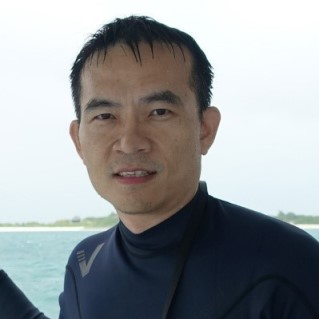The Relationship between Ships and Marine Environment
A special issue of Water (ISSN 2073-4441). This special issue belongs to the section "Oceans and Coastal Zones".
Deadline for manuscript submissions: closed (10 December 2022) | Viewed by 23799
Special Issue Editor
Interests: vessel-source pollution; ballast water management; marine debris; ocean governance; ocean monitoring; coastal management; coastal eutrophication; marine protected area
Special Issue Information
Dear Colleagues,
Maritime shipping is currently the most reliable form of cargo transport for global trade. With the growth of the world economy, seaborne trade continues to expand, and the number of ships also increases to meet global demand. However, the diverse impact of shipping may cause significant ecological consequences on the marine environment and human health. The impact categories include pollution of discharge to seawater, physical disturbance, and air emissions. Discharge to seawater may be in the form of chemical pollution from oil spills, waste dumping, the release of toxic metal from antifouling paints, and operational discharge of oil, bilge water, and litter. Biological pollution also exists as a result of introduction of non-indigenous species from ballast water or ship hulls. Physical disturbances are direct interactions between ships and marine fauna along the shipping routes, which may include ship strike/collision, anthropogenic noise, and artificial light. Marine vessels can create wave and currents that may result in physical impact, such as shoreline erosion and resuspension of sediments. Finally, exhaust gas from shipping is a growing source of greenhouse gas emissions that may contribute to climate change and ocean acidification. Other air pollutants such as SO2, NOx, and PM2.5 from shipping activities also deteriorate regional air quality along the shipping routes.
This Special Issue is dedicated to bringing current knowledge to provide a comprehensive, in-depth analysis of shipping impacts. We welcome both original papers and reviews that provide the community with the most recent advancements in all aspects of shipping impact on the marine environment.
Dr. Ta-Kang Liu
Guest Editor
Manuscript Submission Information
Manuscripts should be submitted online at www.mdpi.com by registering and logging in to this website. Once you are registered, click here to go to the submission form. Manuscripts can be submitted until the deadline. All submissions that pass pre-check are peer-reviewed. Accepted papers will be published continuously in the journal (as soon as accepted) and will be listed together on the special issue website. Research articles, review articles as well as short communications are invited. For planned papers, a title and short abstract (about 100 words) can be sent to the Editorial Office for announcement on this website.
Submitted manuscripts should not have been published previously, nor be under consideration for publication elsewhere (except conference proceedings papers). All manuscripts are thoroughly refereed through a single-blind peer-review process. A guide for authors and other relevant information for submission of manuscripts is available on the Instructions for Authors page. Water is an international peer-reviewed open access semimonthly journal published by MDPI.
Please visit the Instructions for Authors page before submitting a manuscript. The Article Processing Charge (APC) for publication in this open access journal is 2600 CHF (Swiss Francs). Submitted papers should be well formatted and use good English. Authors may use MDPI's English editing service prior to publication or during author revisions.
Keywords
- oil spills
- ballast water
- noise pollution
- ship strike
- waste dumping
- antifouling system
- greenhouse gas
- non-indigenous species
- vessel exhaust





